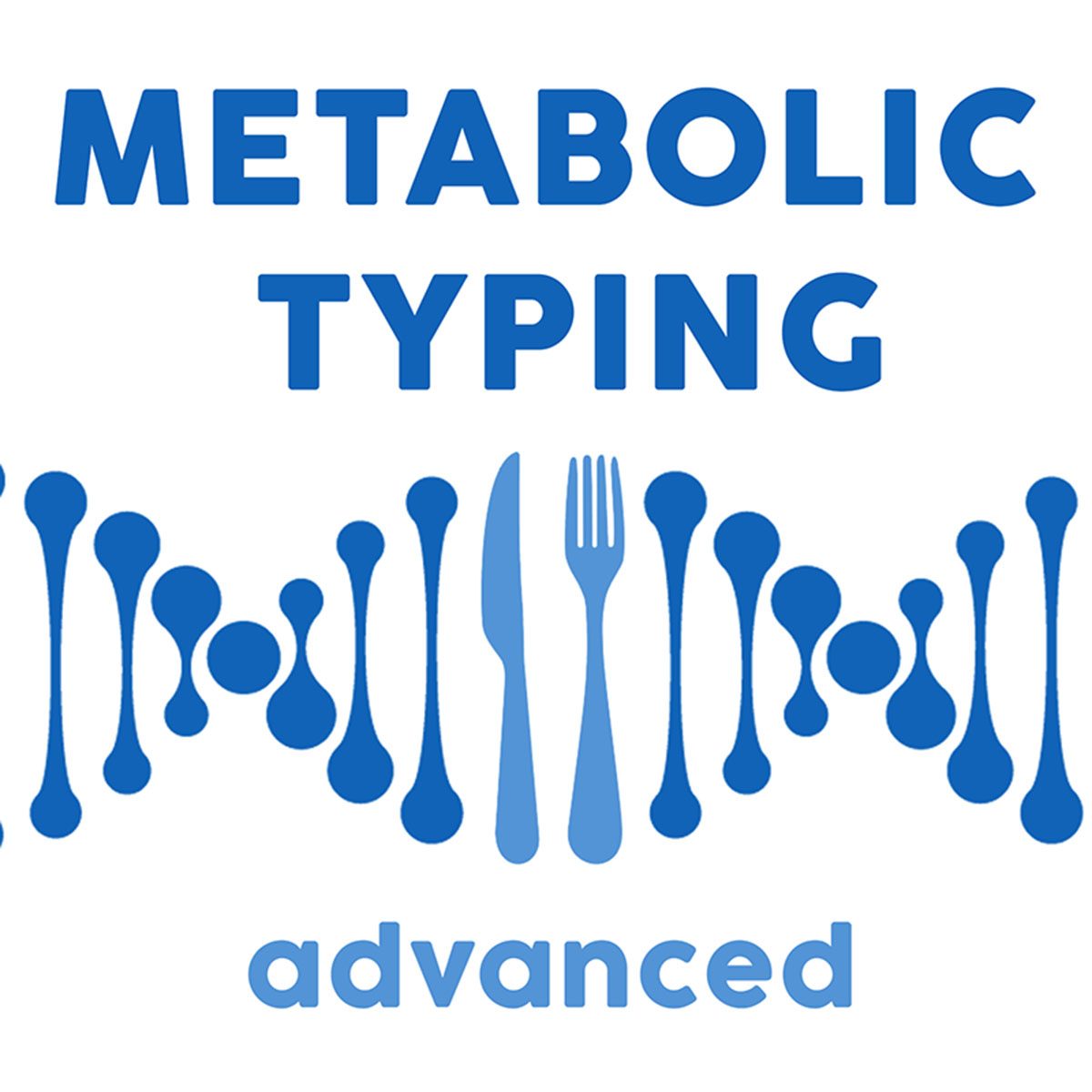No products in the cart.
Healthcare System Spending
U.S. Patients Spend More but Don’t Get More
Study Finds Even in Advantaged Areas, Americans Often Receive Inadequate Health Care
Although they spend more on health care than patients in any other industrialized nation, Americans receive the right treatment less than 60 percent of the time, resulting in unnecessary pain, expense and even death, according to a study released yesterday.
From preventive care such as flu shots to complicated surgery for heart conditions, patients are largely missing out on scientifically proven, lifesaving care regardless of where they live or whether they have health insurance, Rand Corp. researchers found in their analysis of 7,000 adults in 12 representative communities.
Although the researchers had previously documented a widespread pattern of uneven or poor quality care, the new analysis found that cities with higher income levels, fewer uninsured residents or more world-renowned medical institutions fared no better than communities with fewer advantages.
“It is somewhat outrageous that we spend $1.4 trillion on health care and get it right only half the time,” said Elizabeth A. McGlynn, associate director of Rand Health and a lead author of the study, published yesterday in the journal Health Affairs. “We’re just spending a lot of money on health care that is not getting us what we need.”
Rand, a respected, non-partisan research firm, has produced a series of influential studies on quality and cost issues in health care.
“No matter where you live, you are at risk for poor care,” said Eve A. Kerr, a co-author based at the Veterans Affairs Ann Arbor Health Care System in Michigan.
The journal packaged the study with a second one reinforcing the finding that although Americans spend far more per capita on medicine, their health is not noticeably better than that of people in other countries. The five-year study by the Commonwealth Fund found wide gaps in how the United States and four other countries performed on such measures as breast cancer and leukemia deaths, asthma deaths, suicide rates and cancer screening.
“The United States should be particularly concerned about these results, given that we spend twice as much on health care as any other country. So spending more doesn’t necessarily result in better outcomes,” said Gerard Anderson of Johns Hopkins University’s Bloomberg School of Public Health.
In both studies, researchers concluded that the problem is not a shortage of innovative medical solutions, but rather the lack of systems to help doctors consistently administer the most effective treatments. Antiquated record-keeping, duplication, cultural biases toward pricey technology and a reimbursement system that rewards intervention rather than prevention are major contributors to the problem, the authors found.
“If a doctor or hospital delivers very good care, they don’t get paid any differently than the doctor or hospital that does not give good care,” McGlynn said. “The reality is we pay when it’s not very good.”
That encourages over-utilization but not better results, said Donald M. Berwick, head of the nonprofit Institute for Healthcare Improvement in Boston.
“We do more surgery, have more hospitalizations and prescribe more drugs,” he said in an interview. “We have a love affair with technologies” and, as consumers, generally demand the “newest, most expensive” care even though in many cases simpler, cheaper treatments work better, he said.
The Rand study focused on 12 randomly selected communities of at least 200,000 people including Boston, Cleveland, Little Rock, Seattle and Syracuse, N.Y. It examined treatment of 30 of the most common acute and chronic conditions such as asthma, high blood pressure, pneumonia, heart disease, urinary tract infections and mental illness. Reviewing medical records over a two-year period, the researchers measured how often patients received the tests, medications, counseling and surgery known to deliver optimal results, called “best practices.”
For example, they checked to see how often heart patients took an aspirin a day, a simple step that has been shown to reduce heart attacks by 15 percent. They tabulated how often blood pressure was checked in hypertensive patients and what drugs were given for mental illness.
Tracking wrong or unnecessary care, such as bypass surgery for minor heart disease, they also found that waste is a major expense.
“We could do a whole lot better with the same dollars if we made sure tests were not repeated or patients didn’t get antibiotics when they didn’t need them,” McGlynn said.
In almost every community, the poorest care was for diabetes, although extensive evidence shows how to manage the disease and prevent its most serious complications.
Preventive care also fell short, the report found. Although most of the 12 communities provided basic screening, such as measuring blood pressure, more than 70 percent of the time, the numbers fell dramatically when it came to screening for cancer, substance abuse or sexually transmitted diseases.
The experts said many of the quality problems will continue to worsen unless the United States makes vast improvements in health care technology such as data collection and electronic records.
c 2004 The Washington Post Company
See also: Article Medical system is leading cause of death and injury in US





